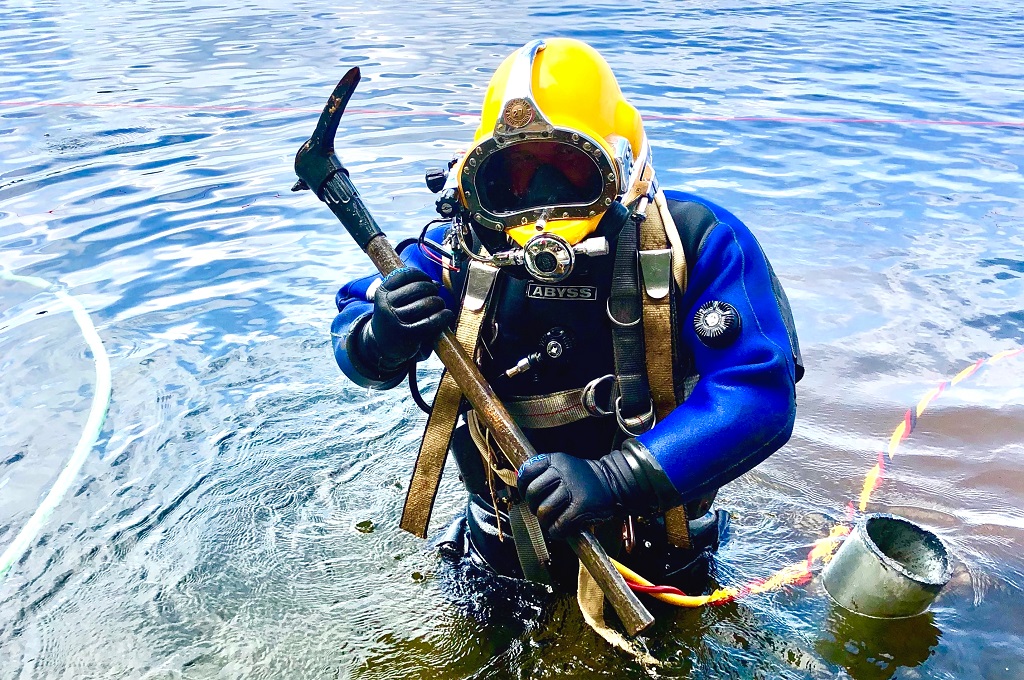
Photo - Cameron Venti - Unsplash
The cable around Africa
- — Facebook, Orange, China Mobile Internet Society — 2Africa 37 . . , , .
2Africa's throughput will be 180 Tbit / s. This is four times more than all the cables going to the African continent at the moment. The project will be the first of a comparable scale to use an aluminum conductor instead of a copper conductor. It reduces voltage drops, which allows more fiber pairs in the cable.
The new cable will be built using Spatial Division Multiplexing (SDM) technology that optimizes spectral efficiency. In this case, the optical components of the intermediate amplifiers operatenot with one pair of fibers, but with several at once, which in some cases increases the throughput by 70% .
The exact cost of the 2Africa project is still unknown, but Bloomberg experts estimated it at $ 1 billion. The cable system is planned to be put into operation in 2023–2024.
But until then, a few more submarine cables will start working.
Who else is developing underwater infrastructure
In 2018, Google announced plans to lay a 6,600-kilometer transatlantic cable connecting the US coast with France. The system was named Dunant. Here, as in the case of 2Africa, SDM technology will be used. It will help provide 250 Tbps throughput and expand the capabilities of one of the busiest destinations. Atlantic cables carry 55% more data than Pacific cables.
Dunant is scheduled to be commissioned by the end of this year. In March, the French telecommunications company Orange has already connected its part of the cable to terminal equipment in the commune of Saint-Hilaire-de-Rieux .

Photos - Hunter Nolan - Unsplash
this week in operation entered JGA North system. Its length is 2.7 thousand kilometers, and its throughput is 24 Tbit / s, but in the coming year it will be increased to 30 Tbit / s. JGA North connects Japan and Guam and is connected to JGA South, which runs between Guam and Sydney. This JGA system was the first submarine cable in 20 years to connect Japan and Australia.
In 2021, the Asian region should earnanother 128 Tbit / s submarine cable - SJC2. It will connect China, Japan, Singapore, South Korea and Taiwan. The project cost is estimated at $ 439 million. The additional cable will have to strengthen the infrastructure and become a reserve in case of unforeseen breaks that occur on this section quite regularly .
What we write about in the 1cloud.ru blog:
 A computer that refuses to die
A computer that refuses to die
 A short history of Fidonet - a project that “doesn’t care” about the victory over the Internet
A short history of Fidonet - a project that “doesn’t care” about the victory over the Internet
 How the domain name system developed: the ARPANET era
How the domain name system developed: the ARPANET era
 How to automate IT infrastructure management - discussing three trends
How to automate IT infrastructure management - discussing three trends